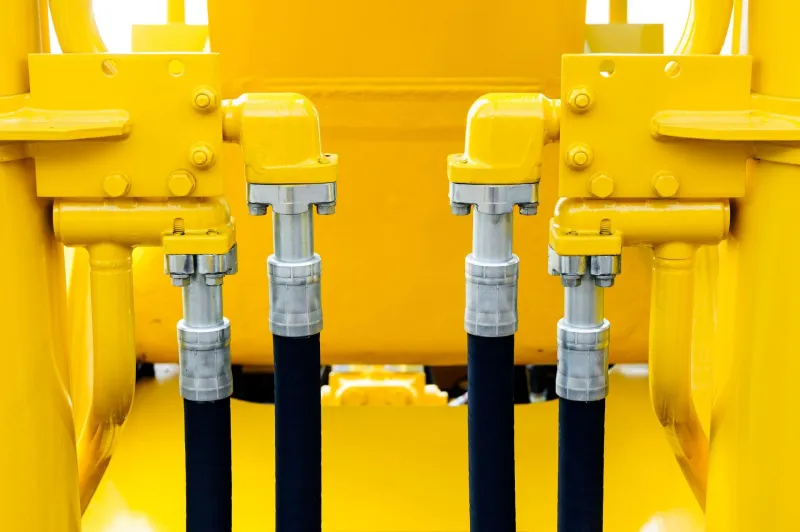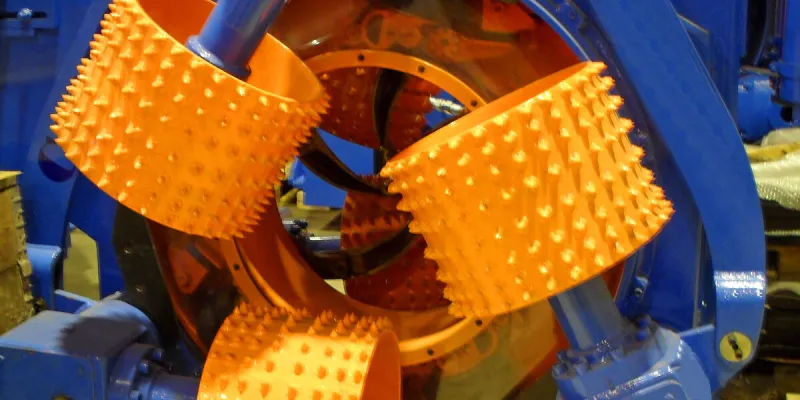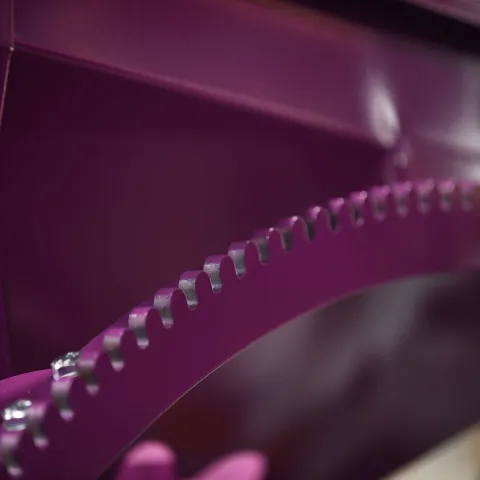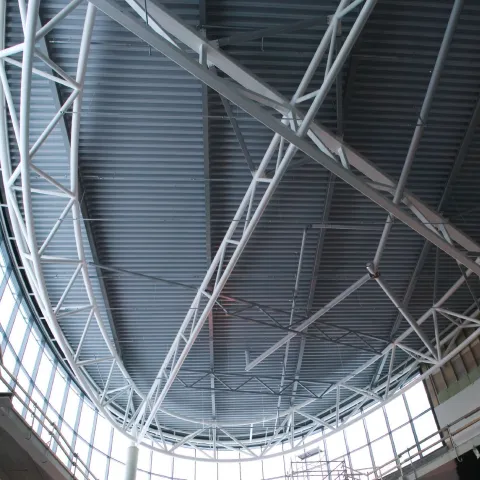What are high-solids products, and how do they differ from other metal coatings?

What is a high-solids paint?
Simply put, a high-solids paint is a single or two-component coating. There is no unequivocal definition of high-solid paints—views differ depending on producers and markets. Yet from our point of view, nowadays, classification defines a high-solids coating as a metal coating with 70% or more volume solids content.
High-solids paints have lower VOC content
High-solids products were developed by paint manufacturers in reaction to stricter environmental legislations. More and more companies need to reduce the levels of VOCs they emit due to these increasingly strict legislations.
Another reason for high-solids development is that with the rising speed of production, companies look for faster solutions—and one of them is direct-to-metal (DTM) products. As DTM requires better film building properties, volume solid content has to be increased as well.
While low-solids products contain a lot of solvents, high-solids were designed to be with less solvents or none at all. Since less solvents are emitted as high-solids paints dries, they contribute less to VOC-related environmental issues. Thus, they’re considered to be a more eco-friendly option compared to conventional coatings. Many companies are using high-solids products for this reason, especially if water-borne products aren’t the right fit for their needs.
Want to compare the VOC impact for different paint systems? Use our free VOC calculator for metal coatings.
High-solids coatings can help you reduce processing time
A big advantage of DTM coatings, including high-solids, is that they don’t require multi-step processes for cleaning and painting. Of course, proper surface preparation is still necessary to ensure the metal coating’s long-term success. But with high-solids paint, you can apply fewer layers to reach the same film thickness. These paints generally cover more surface area than paints with lower solids.
You also save on priming with DTM high-solids because these products are a two-in-one primer and topcoat.
High-solids products require specific application techniques
After preparing the metal surface, spraying is the main application technique for high-solids products. Due to these products’ high viscosity, there might be some difficulty when spraying. The higher the solid content, the more difficult it is to apply the proper amount of paint.
Painters using high-solids need to follow the proper processes, as incorrect application can negatively affect the quality and appearance of the final product. When paint is applied in one layer, there is a higher risk of improper film thickness or even unpainted spots. Therefore stripe coating is recommended on welding seams edges, corners, and other problematic areas before a full coat is applied.
You’ll also want to make sure the spray equipment and air source is clean and free of contaminants. You can use a higher air pressure to get the right atomization of the high-solids paint.
High-solids coatings cost less per square meter
While high-solids products are typically a bit more expensive than traditional paint for metal, less product is needed to get the same paint coating thickness. Plus, with higher solid content, there is less evaporation of solvents, which leaves more paint on the object to cover the same area.
When considering the paint litre price versus the price per square meter, you’ll realize you can actually save on production costs by using high-solids products.
If you want to estimate the cost for a high-solids product or a full system, use our free cost calculator for metal coatings. You can use the information to compare different products or to calculate a project including several products in a system.
Keep yourself up-to-date with the latest development and subscribe to our newsletter.





